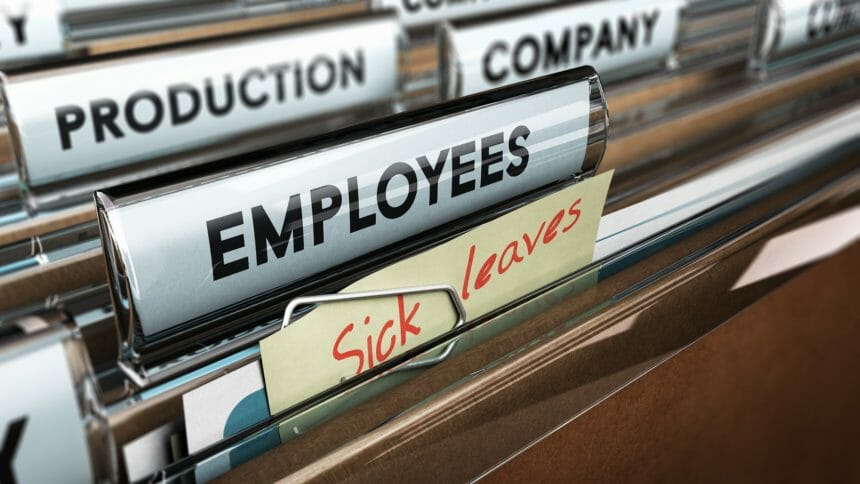
Mental health, even more than physical illness, is the most common reason workers require medical leave following a leave of absence to care for a family member, according to a new study.
Surgery was the second most common reason for a subsequent medical leave, according to ComPsych Corp., a provider of mental health and absence management services.
“The data shows one in five people take their own medical leave of absence less than two years after a caregiving leave, which is shocking and should serve as a wakeup call to us nationally,” ComPsych Clinical Director Jennifer Birdsall, PhD, ABPP, stated. “From the emotional drain it can cause to the physical demands of competing priorities or helping another person with basic daily functions, caregiving puts people under a tremendous amount of stress.”
Employers should be aware of this “caregiving cliff,” according to the company, as an increasing number of workers are caring for both parents and adults.
“It’s vital that we better support and prioritize caregivers, ensuring they’re able to care for themselves both mentally and physically while they also assist their family members,” according to the report.
A separate ComPsych analysis showed that mental health-related leaves of absence are “skyrocketing” in the American workforce. In the first quarter, for instance, 11% of all leaves of absence were due to mental health. That’s a 22% increase in mental health leaves compared to the first quarter of 2023, according to the analysis.
Women are more likely to request mental health leaves than men. Women accounted for 71% of all mental health leaves in the first quarter of this year compared with 69% in all of 2023.
“There is a growing mental health crisis among female workers,” Birdsall said. “Working women — especially moms and other caregivers — often neglect their self-care until they hit the point of being so burnout they need to take a leave of absence. The more organizations can support resiliency-building, teaching self-care and prioritizing work life balance before things escalate into significant symptoms with functional impacts, the better. This is where the continuum of care, which includes prevention, comes into play.”
According to ComPsych, mental health-related leaves of absence in the first quarter of the year outpaced leaves for accidents, cancer, COVID-19, heart disease and heart attacks combined.


